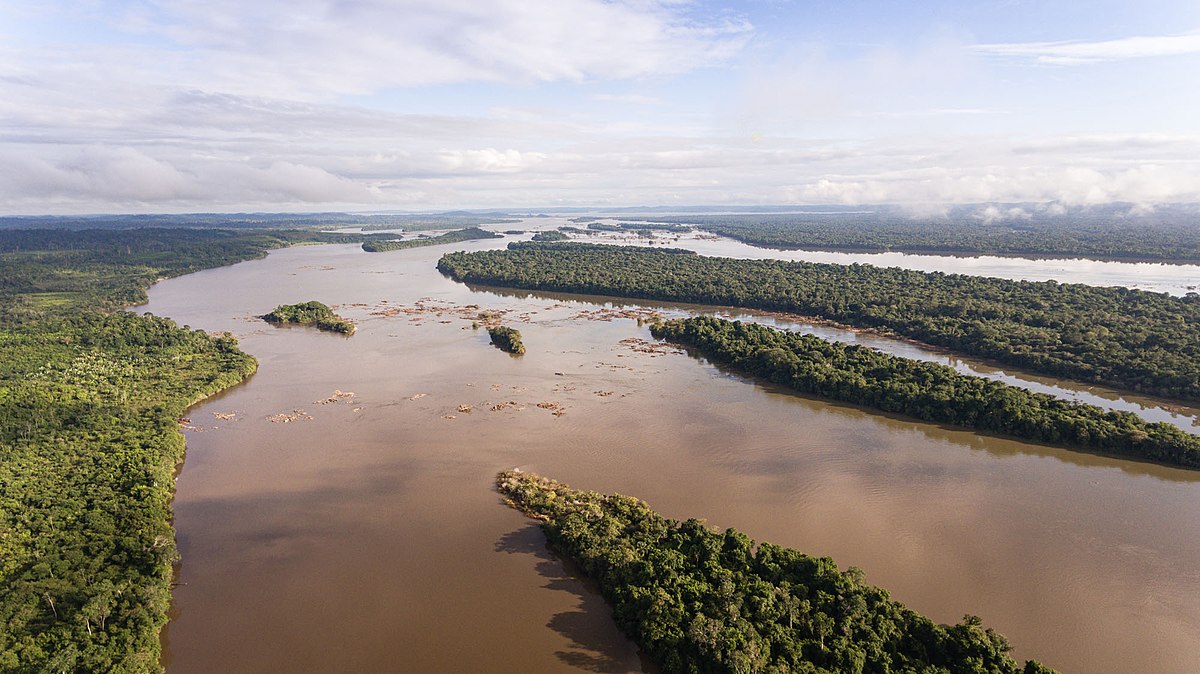Xingu River

The Xingu River, a sinuous thread traversing the heart of the Amazon rainforest, is not merely a watercourse; it is a living testament to the profound cultural importance woven into the fabric of its existence. In this exploration, we delve into the depths of tradition, spirituality, and heritage to understand why the Xingu River holds unparalleled cultural significance for the indigenous communities that call its banks home.
1. The River as a Lifeline: Sustaining Indigenous Communities
For the indigenous tribes along the Xingu River, the waterway is not just a source of sustenance; it is a lifeline that nurtures their communities. The river provides fish, fertile soils, and the resources essential for daily life, forming the backbone of their cultural and spiritual practices.
2. Cultural Diversity: A Tapestry of Indigenous Tribes
The Xingu River basin is a melting pot of cultural diversity, home to numerous indigenous tribes such as the Yawalapiti, Kamayurá, Kayapó, and many more. Each tribe contributes unique customs, languages, and traditions, enriching the cultural tapestry that defines the region.
3. Spiritual Connection: The River as a Sacred Entity
The indigenous peoples of the Xingu view the waterway as a sacred entity, embodying spiritual significance in their belief systems. Rituals, ceremonies, and daily practices are intricately linked to the river, symbolizing a harmonious coexistence between humanity and nature.
4. Cultural Practices Along the Riverbanks
Fishing Rituals: The act of fishing is not merely a means of survival but a cultural practice deeply embedded in the traditions of Xingu River communities. Rituals associated with fishing underscore the spiritual connection between the people and the river.
Body Painting and Ornamentation: Elaborate body paintings and ornate adornments are integral to the cultural expression of Xingu River tribes. Each design and ornament carries symbolic meaning, reflecting the individual’s role within the community and their connection to the river.
Ceremonial Dances: Ceremonial dances, often performed along the riverbanks, celebrate life events, express gratitude to the spirits, and strengthen communal bonds. These dances are a living expression of cultural continuity and identity.
5. Cultural Preservation and the Xingu Indigenous Park
The Xingu is a tributary of the Amazon River and is known for its diverse ecosystem, including the Xingu Indigenous Park. Recognizing the threat of cultural erosion, efforts have been made to preserve the unique heritage of the Xingu communities. The establishment of the Xingu Indigenous Park in 1961 stands as a landmark initiative, providing a protected space for cultural practices to flourish and ensuring the transmission of traditions to future generations.
6. Artisanal Traditions: Craftsmanship Along the Xingu
Artisanal traditions thrive along the Xingu, with indigenous communities producing intricate crafts that reflect their cultural identity. From woven textiles to pottery, these crafts not only serve practical purposes but also carry the stories and symbols of the tribes.
7. Cultural Festivals: Celebrating Identity and Unity
Cultural festivals, such as the Kuarup ceremony, bring together tribes from across the Xingu River basin. These gatherings serve as vibrant showcases of cultural richness, fostering unity and solidarity among the indigenous communities.
8. Environmental Conservation: Cultural Stewardship
The cultural importance of the Xingu extends beyond traditions to encompass environmental conservation. Indigenous communities view themselves as stewards of the land and water, recognizing the interconnectedness of cultural preservation and the health of the Amazon basin ecosystems.
Conclusion: A Cultural Legacy Flowing Through Time
The cultural importance of the Xingu River is not static; it is a dynamic and evolving legacy flowing through time. As we navigate the cultural richness of the river, let us acknowledge the resilience of indigenous communities, their profound connection to the natural world, and their role as custodians of a cultural heritage that transcends generations.
Know More about Xingu River.
What are The Religious Places of Xingu River?
When Did The Xingu River Basin Become a Focus?
Where is The Xingu River Located?
Who Were The Key Historical Figures and Civilizations of The Xingu River?
How to Reach Xingu River?




